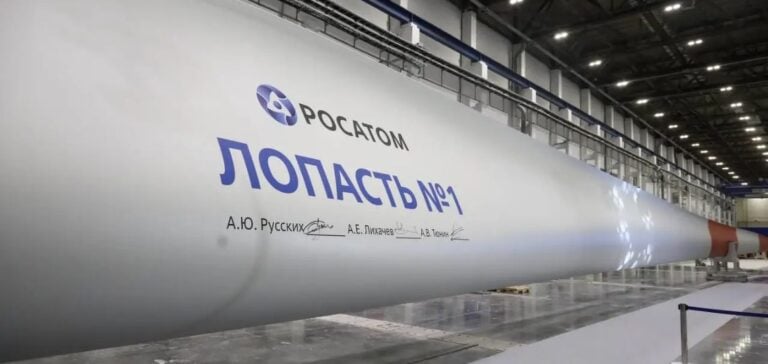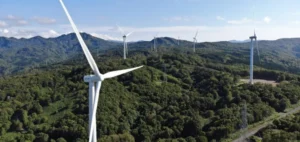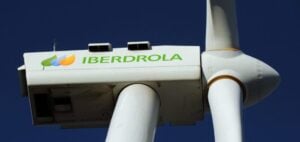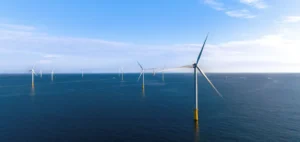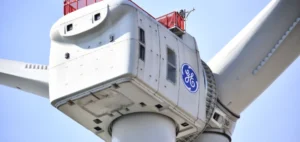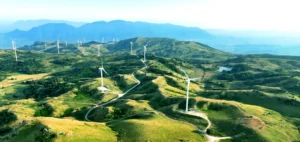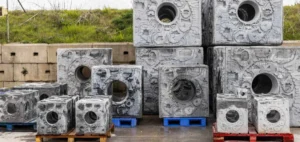Rosatom has launched a new factory in Ulyanovsk for the production of wind turbine blades, marking a key milestone in Russia’s energy strategy. This factory, operated by Rusatom Vetrolopasti, aims to meet the growing demand for renewable energy projects while reducing dependence on imports.
Production capacity and industrial localization
The facility is designed to produce up to 450 blades per year, enabling the assembly of 150 wind turbines. These blades, 51 meters long and weighing 8.5 tons each, are made from Russian composite materials, comprising 90% fiberglass and 10% carbon fiber. This fully localized production aims to increase the localization rate of wind power equipment in Russia from 68% to 85%.
The factory will play a central role in supporting the Novolakskaya WPP project, the largest wind farm under construction in the Republic of Dagestan.
A project supported by public investment
This project was funded by the Industrial Development Fund, a key body supporting innovation and industrial growth in Russia. By creating more than 400 skilled jobs in Ulyanovsk, the factory also contributes to strengthening the regional economy and consolidating the country’s technological autonomy.
Political leaders see this project as a model for local industrial development. The combination of advanced technology and public funding illustrates a commitment to strengthening energy sovereignty while meeting global climate objectives.


